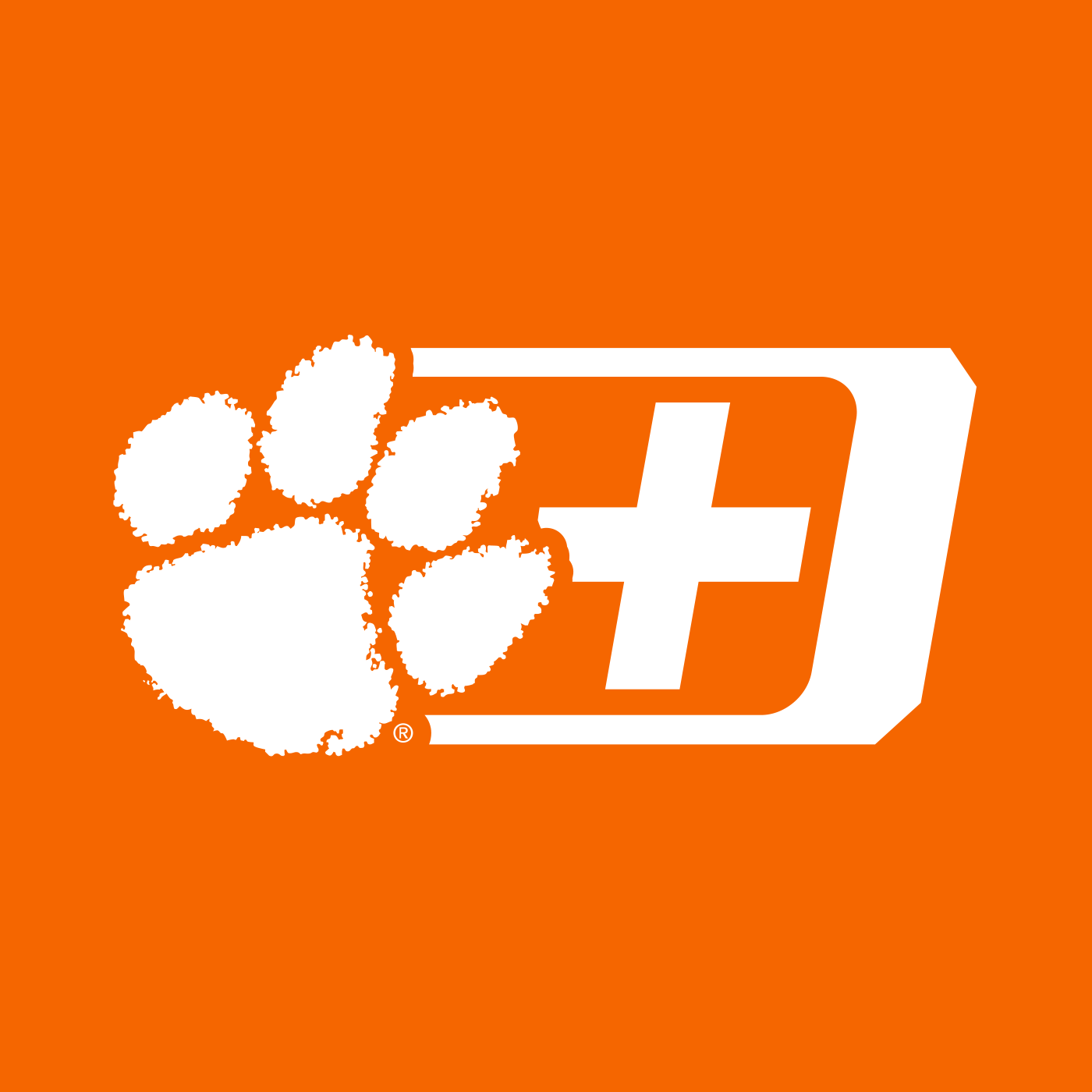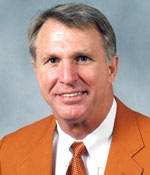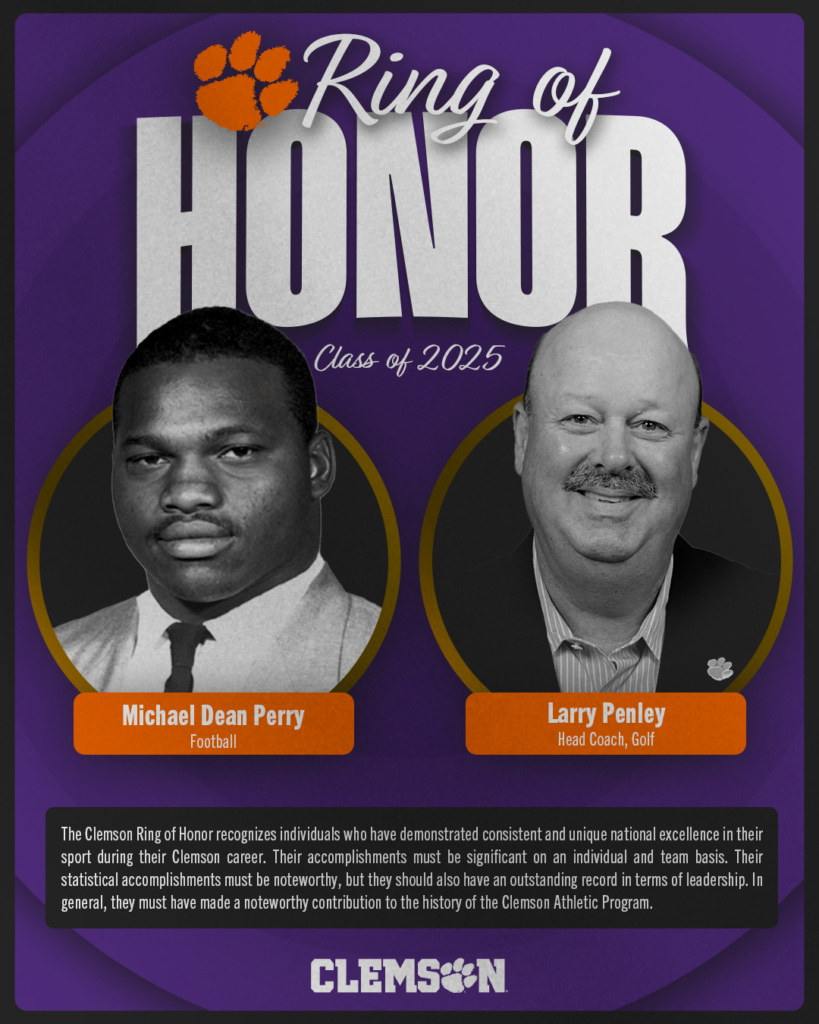Aug. 4, 2005
With the NCAA’s decision to allow Division I-A schools to play a 12th game, there has been a lot of news lately on scheduling. That will continue to be the case in the coming months as all 119 schools are looking for games in the near future and for years to come. We all try to schedule games 10-years in advance, but with the recent change in the landscape of college football, we all will invariably make considerable changes from one year to the next.
Our first priority in adding a 12th game is to play seven games at home each year. Historically, we have won nearly 72 percent of our games at home and 50 percent of our games away from home, so adding a seventh home game obviously increases our chances of having a championship season.
Another obvious reason for playing a seventh home game is the financial aspect. A seventh home game means an extra $1.5 million to Clemson athletics. We have made a major facilities commitment with the construction of the West Zone project, an investment in our future that will make Clemson Memorial Stadium among the top all-around facilities in the nation – and when the football operations component is finished, it will provide a great training environment for our team and serve to enhance our recruiting efforts. It will also have a significant positive effect on our entire program because it will allow some of our Olympic sports teams to move into the McFadden Building, when football operations moves to the West Zone. This will serve our Olympic Sports in the same fashion as the West Zone will for football.With the ACC schedule set at eight games for many years to come, it gives us four games to play with from a non-conference scheduling standpoint. The ACC is not the ACC of the 1980s. The addition of Florida State, Miami (FL), Virginia Tech and Boston College over the last 15 years has made this a much tougher conference. Florida State has won two national championships since they joined the league in 1992 and Miami (FL) won the title in 2001. Virginia Tech played for the national championship in 1999 and Boston College is the only school in the nation to win a bowl game each of the last five years.
Starting in 2006, we will have four non-conference games every year. One of the non-conference games will always be South Carolina. Clemson, Georgia Tech and Florida State are the only schools in the ACC who have a “built-in” rival as one of its non-conference games.
When some fans examine the difficulty of our schedule, there is a tendency to discount the South Carolina game as a non-conference competition. Every year that will be a difficult game no matter what the records of the respective schools. It is a non-conference commitment that North Carolina, NC State, Virginia, Boston College and others don’t have on a yearly basis.
Coach Bowden was quoted at the recent ACC Football Kickoff press conference in July as hoping that the long term non-conference schedule would consist of two challenging games and two that we would be favored to win. Obviously, South Carolina will give us a challenging game every year.
In even numbered years (years we play South Carolina at home) we will have the ability to play a non-conference road game and still play seven games at home. So, there is an opportunity to play some home-and-home series with strong Division I-A opponents. We already have one of those series scheduled with the University of Pittsburgh.
We have been pursuing home-and-home series with many other schools. Dwight Rainey, who has put in countless hours on the phone since this 12th game rule was passed, has been in contact with over 30 schools from BCS conferences. The first school he called was the University of Georgia, but they have gone in another direction in the short term. We still hope to schedule a home and home with the Bulldogs down the road.
The pool of major Division I-A programs available for a 12th game is not that large. The Pac 10 voted to play a ninth game against another conference school. The Big Ten and the Mid-American Conference will have a series of games against each other, eliminating 22 schools for the pool with that agreement.
We have also talked with schools about two-for-one series. Overall, scheduling non-conference games is not as easy as one might think. It is not a matter of picking up the phone and choosing the teams you wish to play because every school has their own agenda and is looking for the best financial situation possible.
We have contacted Notre Dame through sports information director Tim Bourret (who is a Notre Dame graduate with strong ties) many times in the past, but they are not interested in playing a home-and-home. Like us, Notre Dame is looking to add a seventh home game each year and is looking for schools to make a trip to South Bend without a return game. When Notre Dame schedules a home-and-home series it is usually to a city with a large population base where they have a strong alumni base.
In general we are looking at the 12th game in a six-year window. We are striving to play two games with local I-AA schools such as Furman, The Citadel or Wofford twice in a six-year period. The cost for having a I-AA school come to your school for one game is about $250,000 compared to $500,000+ for a Division I-A school.
Twice in a six-year period we are striving to play a Division I-A school who will come to Clemson for a guarantee without a return trip to their campus. That is the case with Florida Atlantic, who will come to Clemson for a game in 2006 without a return game. Then, we hope to play a historically strong Division I-A program in the other two games in the six-year window.
We realize that some of our fans would rather us to play four very strong programs each year. While you will read about some marquis match-ups in the coming months (like our game with Texas A&M this year), few schools play more than two difficult non-conference games in a season and most play just one.
A look to recent national champions, and our own history tells us that the approach we are taking is mainstream. Over the last 10 years the winning percentage of the non-conference opponents of the Associated Press national champions has been .518 (218-203-1). The last 10 AP national champions have played 36 non-conference regular season games and 17 of those opponents have completed the season with a losing record.
In 2000 Oklahoma won the national championship by playing a non-conference schedule that included a 1-10 Arkansas State team and a 3-8 Rice team. UTEP was the third non-conference team on Oklahoma’s schedule that year. In 2001 Miami (FL) won the national championship in a season it played a Troy State team that was still in Division I-AA. The combined final record of the non-conference opponents Southern Cal has played the last two years is 51-47.
Even in our own history, our national championship team of 1981 defeated a Wofford team that was an NAIA school at the time.I hope this column gives everyone a better understanding of our non-conference scheduling philosophy and plan for the future. While we understand that not everyone will agree – we nevertheless believe this plan provides the appropriate mix to accomplish our financial goals, opportunity to move toward the 2/2 ratio in the future as well as positioning our football program for championship(s) opportunities and BCS berths.
Terry Don Phillips
Past ColumnsJuly 26, 2005June 28, 2005May 23, 2005April 25, 2005April 4, 2005March 16, 2005February 23, 2005February 15, 2005February 9, 2005February 1, 2005January 25, 2005January 18, 2005January 11, 2005January 6, 2005December 15, 2004December 7, 2004November 30, 2004November 17, 2004November 10, 2004November 3, 2004October 26, 2004October 21, 2004October 11, 2004October 4, 2004
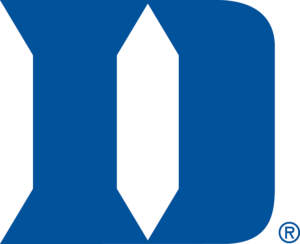 Duke
Duke 
 Florida State
Florida State  Louisville
Louisville  Furman
Furman  South Carolina
South Carolina  LSU
LSU 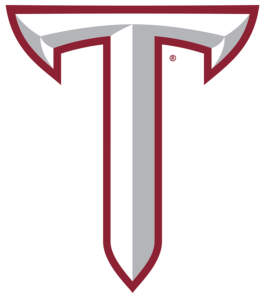 Troy
Troy 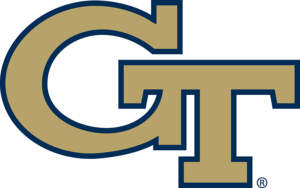 Georgia Tech
Georgia Tech 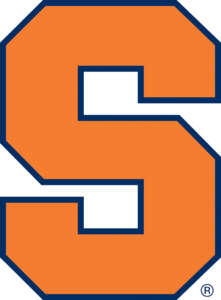 Syracuse
Syracuse 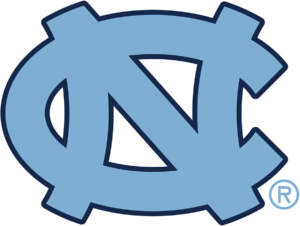 North Carolina
North Carolina  Boston College
Boston College  SMU
SMU 
